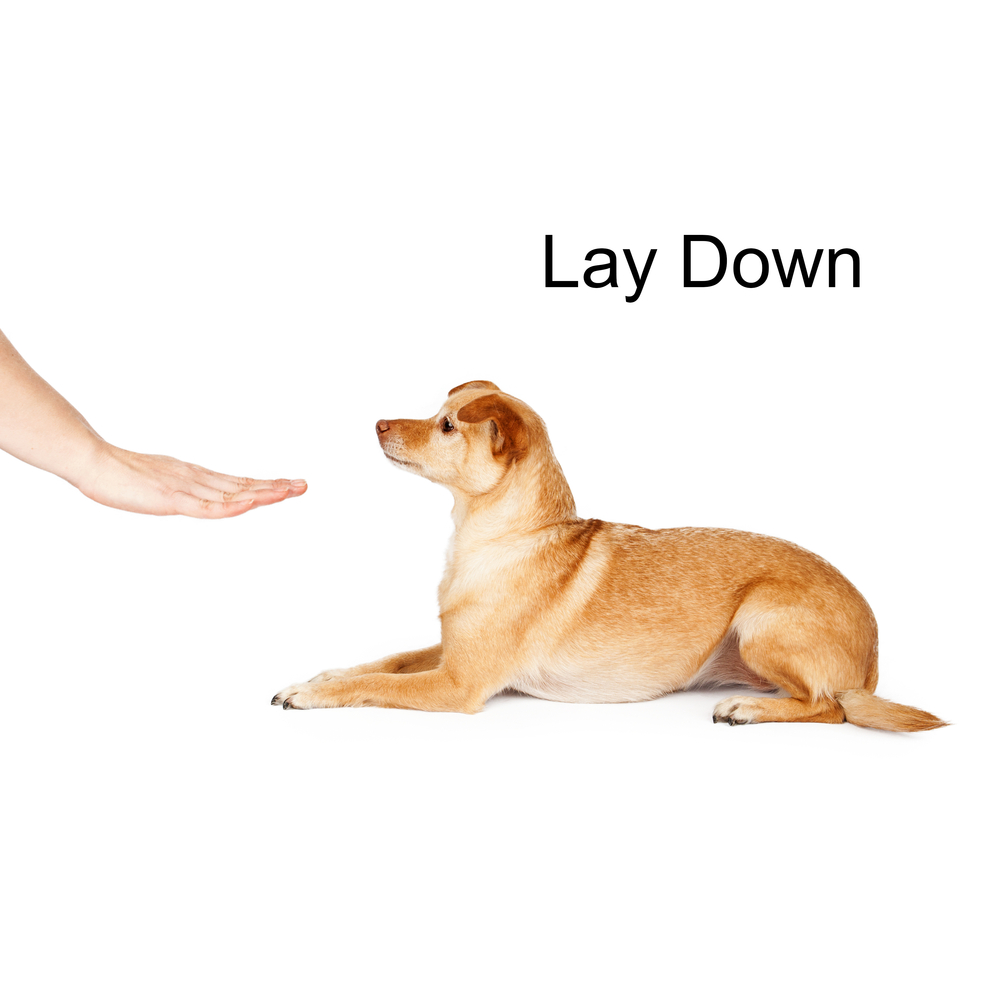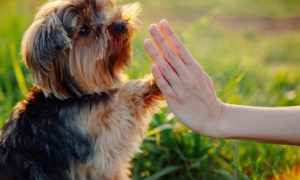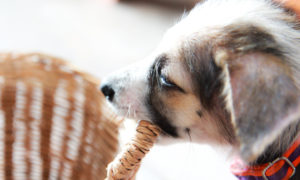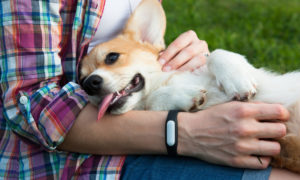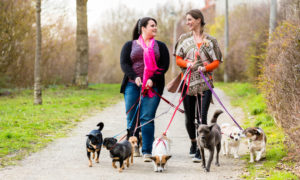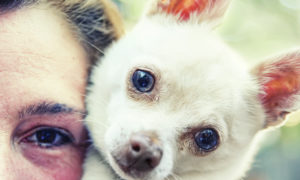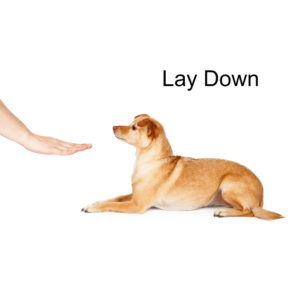 Dogs are generally good at reading body language. Not only are they excellent at sensing our emotions, they are great at responding to visual cues too. By training your pooch understand hand signals, you encourage him not to limit his attention to your words only but to your body movements as well. One of the main reasons why training your little furball to learn different hand signals in addition to the common verbal sues is that it provides you two distinctive ways of communicating with Fido. Hand signals are especially useful if your pooch isn’t responding to your first spoken command.
Dogs are generally good at reading body language. Not only are they excellent at sensing our emotions, they are great at responding to visual cues too. By training your pooch understand hand signals, you encourage him not to limit his attention to your words only but to your body movements as well. One of the main reasons why training your little furball to learn different hand signals in addition to the common verbal sues is that it provides you two distinctive ways of communicating with Fido. Hand signals are especially useful if your pooch isn’t responding to your first spoken command.
Proper pairing is the key, and it can only work if your pooch is already trained in the verbal commands. This means that Fido should already know the command you are asking him and can already respond with a high level of accuracy. Pairing a hand signal with the command means that your pooch can understand that you want him to actually respond to the hand signal.
- Begin by cuing the dog to look at you either by clapping or calling his name.
- Once his attention is focused on you, demonstrate the hand signal in a very obvious way and in an easy-to-see location for him to follow (usually mid-body).
- You may opt to exaggerate the movement a little bit for emphasis.
- Say the verbal command at the completion of the hand signal and then reward your pooch immediately.
- Do not overuse the incorporation of positive reinforcement, and have Fido repeat the command numerous times.
Five Basic Hand Signals to Teach Fido
- “Good dog”. One of the first things you want for your pooch to learn is how to understand that he has been a good dog. This can be indicated with one or two thumbs up paired with a treat.
- “Stay”. Gesture this command by moving your hand across the front of Fido’s nose or away from his face with the flat, open palm towards his head.
- “Sit”. Teach your dog the “sit” hand signal by using a sort of a sweeping motion across the midsection of your body. Do this by bending your elbow and showing a flat open hand turned to the side and drawn up from the side to the middle of your body.
- “Down”. Signal a downward sweeping motion by bending your elbow and holding the hand open with your palm down – about the chin level, and then lowering the open palm down to your waist.
- “Come”. Use a flat hand with a sweeping motion sideways from the outside of your body towards its center.
Keep in mind that any form of hand signal may be used so long as it is notably different from the rest of the hand signals you are already teaching your pooch. Lots of owners end up making their hand motions too similar or too minimal to even allow their dogs to distinguish the difference in the signals.

